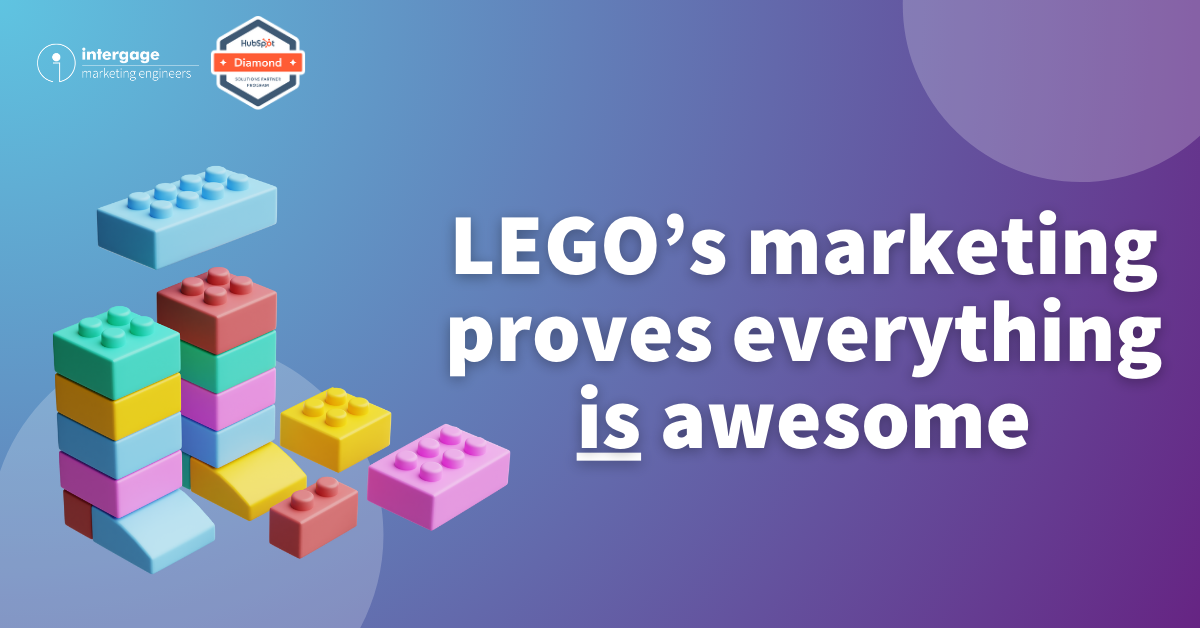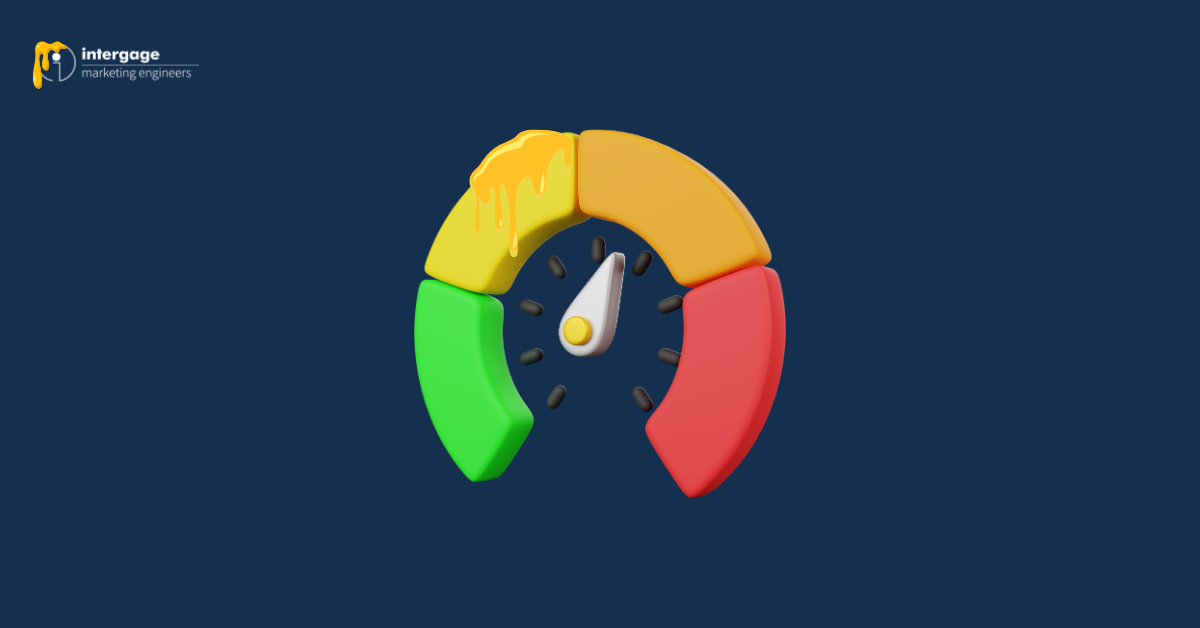Struggling with High Customer Acquisition Costs?
Here’s Why – and How to Fix It with Fried Egg Marketing
Customer acquisition costs (CAC) can quickly spiral out of control. For many businesses, the cost of bringing in new clients has become one of the largest line items in the budget, eating away at profits and limiting growth potential. When you add up the true cost of your sales and marketing teams, your marketing budget and tech, is it any surprise that your CAC is higher than you’d like and seems to be climbing? Don’t worry you’re not alone. Many companies face this challenge, especially as traditional methods of lead generation lose their effectiveness.
In this blog, we’ll explore why acquisition costs are so high, why traditional methods aren’t working, and what steps you can take to reduce CAC without sacrificing lead quality.
Why Are Your Acquisition Costs So High?
1. Broad Targeting and Poor Lead Quality
One of the most common causes of high CAC is broad, untargeted campaigns. When you cast a wide net, unfocused in its target and message, you’re more likely to pull in a mix bag of leads. Many of whom may not be a good fit for your product or service. This results in sales teams wasting time on low-quality leads who are unlikely to convert, increasing the costs associated with nurturing, qualifying, and engaging them.
2. Ineffective Paid Search Strategies
Paid search can be a valuable tool, but it’s also a double-edged sword. The cost-per-click (CPC) on competitive keywords is often steep, especially in B2B industries. When those clicks don’t lead to conversions, your marketing budget is wasted on traffic that doesn’t yield ROI. Additionally, paid search campaigns are often broad and untargeted, driving up costs for clicks that fail to attract truly interested prospects.
3. Overreliance on Marketing Qualified Leads (MQLs)
This is a tough one, it requires a shift in thinking as many companies still focus on MQLs as a metric for success, but as soon as you realise that MQLs don’t always align with buying intent, you can start to make that step change. You have to realise that just because a prospect downloaded a whitepaper or attended a webinar doesn’t mean they’re ready to buy. If marketing is funnelling MQLs to sales prematurely, the team spends valuable time on leads that aren’t close to deciding. This increases the cost per acquisition, as more resources are spent on nurturing leads that may not convert.
4. Complex and Lengthy Sales Cycles
We know that in B2B, sales cycles are often lengthy and complex, involving multiple stakeholders. The longer it takes to close a sale, the more resources are invested in nurturing and following up with the lead. If your leads aren’t properly qualified at the outset, sales cycles become even longer, driving up costs without guaranteeing success.
5. Lack of Focus on Ideal Client Profile (ICP)
When businesses don’t focus on their Ideal Client Profile (ICP), they’re often marketing and selling to a broader audience that may or may not be the right fit. This approach drives up acquisition costs as you invest in leads that aren’t aligned with your product or service. By focusing on a well-defined ICP, businesses can ensure that they’re targeting the clients most likely to convert, reducing the need for broad and costly campaigns.
 Why Traditional Lead Generation Isn’t Working
Why Traditional Lead Generation Isn’t Working
1. Changing Buyer Behaviour
Today’s buyers are more informed and empowered than ever before. They often complete 70% of their buying journey before engaging with a sales representative, meaning that traditional methods like paid search and cold outreach are less effective at driving conversions. Buyers are also more resistant to sales tactics and prefer to conduct their own research before making a decision, which makes untargeted marketing less effective and more costly.
2. High Cost of Paid Search and Ads
As mentioned, paid search costs are often prohibitively high. Additionally, if you’re targeting competitive keywords that capture a broad audience, you’re likely paying for clicks from prospects who aren’t ready to buy or don’t have a strong intent. This approach is costly and unsustainable in the long run, especially if leads fail to convert.
3. Quantity Over Quality Focus
Traditional lead generation often prioritises volume over quality, which results in bloated pipelines filled with low-intent leads. This can give the illusion of success (high lead volume) but fails to drive meaningful results when the quality of those leads is too low to convert efficiently.
How to Overcome High Acquisition Costs
Fortunately, there are steps you can take to reduce your CAC while improving the quality of leads entering your pipeline. Fried Egg Marketing ® is a concept that guides you on this path.
1. Focus on Your Ideal Client Profile (ICP)
The first step in reducing acquisition costs is to define and focus on your Ideal Client Profile (ICP). An ICP is a detailed profile of the type of customer who is the best fit for your product or service. By zeroing in on your ICP, you ensure that your marketing and sales efforts are directed toward clients who have a high likelihood of converting and bringing long-term value to your business. In Fried Egg Marketing, we call this “focusing on your yolk”.
2. Use Intent-Based Marketing
Rather than relying on traditional MQLs, consider using intent-based marketing to identify leads that show clear signs of buying intent. Intent signals include activities like repeated visits to pricing pages, engagement with product comparisons, and downloading solution-specific content. By focusing on these signals, you can prioritise leads that are closer to making a decision, reducing the resources needed to nurture low-quality leads.
3. Shift from Paid Search to Targeted Digital Marketing
Instead of broad paid search campaigns, shift your marketing spend toward more targeted channels. For example, consider platforms like LinkedIn, where you can reach specific job roles within your ICP or use account-based marketing (ABM) tools to personalise campaigns for high-value accounts. This approach allows you to reach prospects who are more likely to convert, reducing your cost per lead and improving ROI.
4. Align Sales and Marketing Efforts
When sales and marketing are aligned around the same ICP and intent signals, your teams can work together to prioritise high-quality leads. Implement lead scoring and intent-based systems that focus on both fit (ICP alignment) and behaviour (intent signals) to ensure only the most qualified leads are passed to sales. This alignment reduces the time sales teams spend on low-quality leads, shortening sales cycles and lowering CAC.
5. Leverage Content Marketing for Long-Term Engagement
Highly relevant, personalised content marketing allows you to nurture the buying team throughout their buying journey, building trust and engagement without immediate direct sales pressure. By providing valuable, educational content, you can attract and engage prospects in the buying committee at various stages, making it more cost-effective to nurture them until their intent signals are high. This long-term engagement reduces the need for high-cost paid channels and enables you to build a pipeline of businesses, who match your ICP that are truly interested in your solution.
6. Measure Success with Metrics Beyond MQLs
Stop measuring success based solely on Marketing Qualified Leads (MQLs) and start focusing on more meaningful metrics, such as Sales Qualified Leads (SQLs), conversion rates, and customer lifetime value (LTV). By shifting to metrics that better reflect the quality of leads and their likelihood to convert, you can avoid wasting resources on unqualified leads and focus on optimising your acquisition costs.
Lower Your CAC by Focusing on Quality Over Quantity
High customer acquisition costs don’t have to be the norm. By changing your approach to lead generation and focusing on the intent of your Ideal Client Profile, you can attract higher-quality leads, reduce acquisition costs, and drive sustainable growth. Traditional methods that rely on broad targeting and paid search may deliver volume, but without a targeted approach, they fail to deliver real value.
To truly lower your CAC, prioritise lead quality, shift to intent-based marketing, and align your sales and marketing efforts around your ICP. By making these strategic shifts, you’ll not only reduce costs but also create a stronger, more sustainable pipeline that drives long-term business success.



.png)